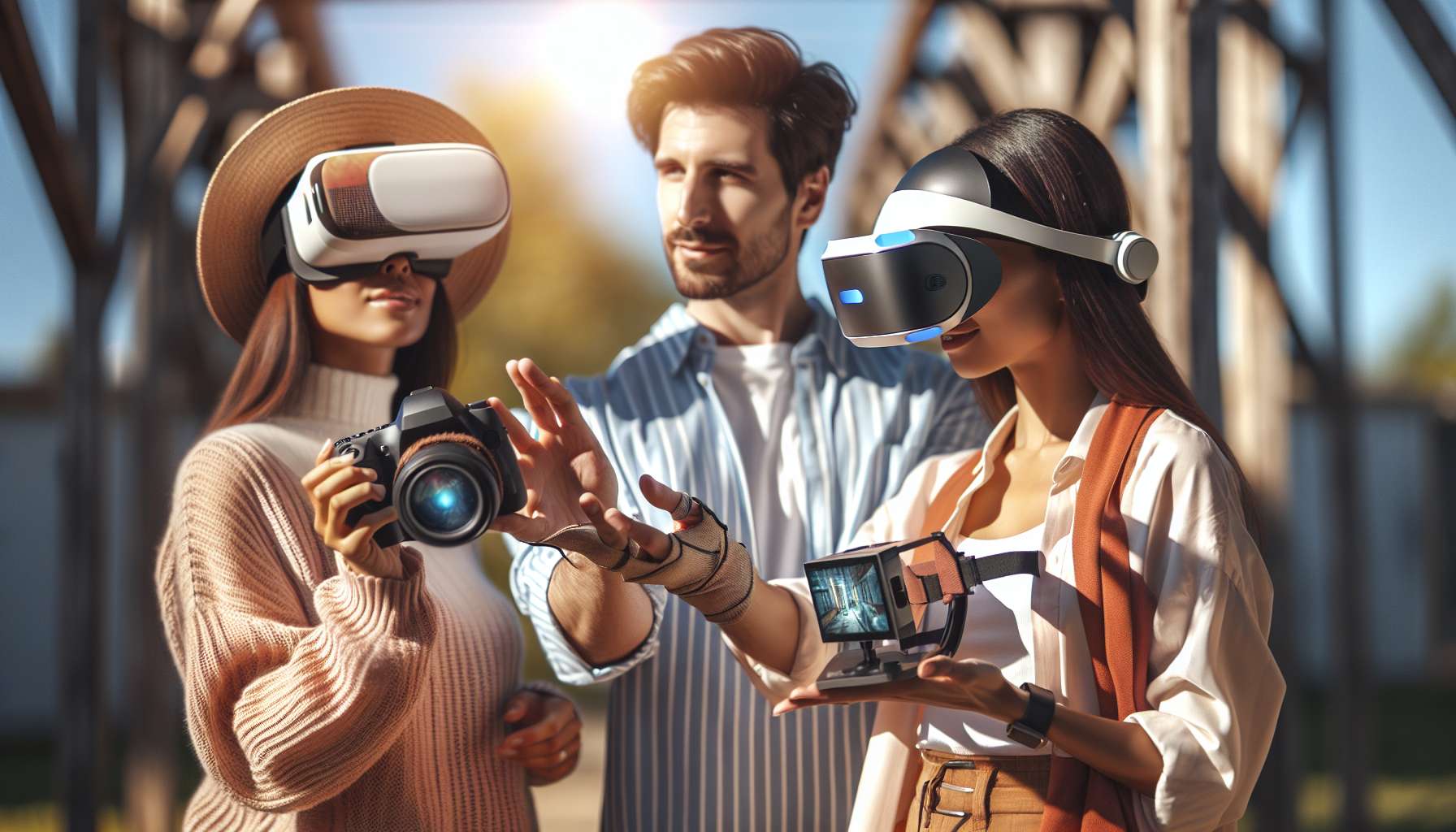Unlocking the Potential: Virtual Reality vs. Augmented Reality in B2B Sales
As technology continues to evolve, businesses are constantly seeking innovative ways to enhance their sales strategies. Two emerging technologies that have gained significant attention in recent years are virtual reality (VR) and augmented reality (AR). Both VR and AR have the potential to revolutionize the way B2B sales teams engage with their clients, but which one is more effective? Let’s dive into the showdown between VR and AR in B2B sales.
Virtual Reality: Immersive Experiences for Unforgettable Sales Pitches
Virtual reality offers a fully immersive experience by transporting users to a computer-generated environment. In the context of B2B sales, VR can be a game-changer. Imagine being able to showcase your products or services in a virtual showroom, allowing potential clients to interact with them as if they were physically present. This level of immersion can leave a lasting impression and help your business stand out from the competition.
VR can also be utilized for virtual tours, enabling clients to explore facilities or properties remotely. This is particularly valuable for businesses in industries such as real estate, manufacturing, or tourism, where physical visits may not always be feasible. By providing a realistic and interactive experience, VR can help clients make informed decisions without the need for in-person visits.
Furthermore, VR can be leveraged for training purposes. Sales teams can undergo virtual simulations to practice their pitch, handle objections, and refine their communication skills. This not only enhances their confidence but also ensures consistent messaging across the entire team.
Augmented Reality: Enhancing Sales Presentations with Real-Time Information
Unlike VR, augmented reality overlays digital content onto the real world, enhancing the user’s perception of their surroundings. AR has gained popularity through smartphone applications like Pokémon Go, but its potential in B2B sales is equally impressive.
AR can be used to superimpose virtual objects onto the client’s environment, allowing them to visualize how your products or solutions would fit into their existing setup. This can be particularly useful for businesses offering complex or customizable products, as it enables clients to see the end result before making a purchase.
Another powerful application of AR in B2B sales is remote assistance. Sales representatives can use AR-enabled devices to provide real-time guidance and support to clients, regardless of their location. This not only saves time and travel costs but also ensures that clients receive immediate assistance when they need it most.
Choosing the Right Technology for Your B2B Sales Strategy
When it comes to deciding between VR and AR for your B2B sales strategy, there is no one-size-fits-all answer. The choice depends on various factors, including your industry, target audience, and specific sales objectives.
If you are in an industry where physical presence is crucial, such as luxury goods or high-end equipment, VR may be the ideal choice to create immersive experiences that leave a lasting impact. On the other hand, if your products or solutions require visualization in the client’s environment, AR can provide a more practical and interactive solution.
It’s worth noting that VR and AR are not mutually exclusive. In fact, combining both technologies can unlock even greater potential. For example, you can use VR for initial product demonstrations and then switch to AR for a more detailed exploration of how the product integrates into the client’s environment.
The Future of B2B Sales: Embracing Immersive Technologies
As technology continues to advance, the possibilities for VR and AR in B2B sales are only going to expand. According to market research, the global AR and VR market is projected to reach a value of $1.5 trillion by 2030. This indicates a growing demand for immersive experiences and a shift towards more interactive sales strategies.
By embracing VR and AR in your B2B sales approach, you can differentiate your business, engage clients on a deeper level, and ultimately drive better results. Whether you choose VR, AR, or a combination of both, the key is to leverage these technologies to create memorable experiences that resonate with your target audience.
So, are you ready to take your B2B sales to the next level? Explore the possibilities of virtual reality and augmented reality, and unlock the potential for growth and success in your business.





